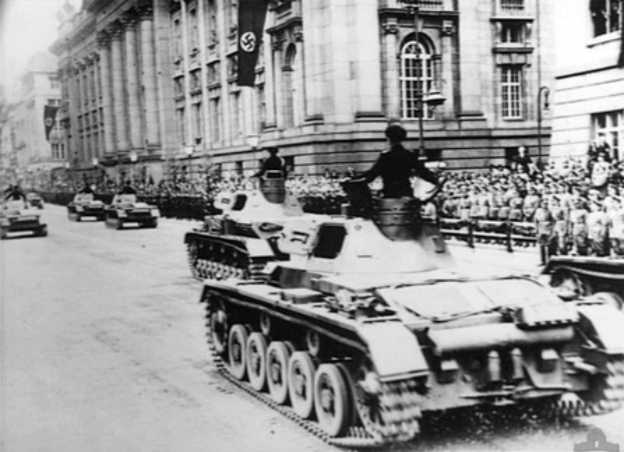
| Year | May 1937 |
| Vehicle Type | Medium Battle Tank |
| Origin & Designer | Germany/Daimler-Benz |
| Numbers Produced | 10 |
| Crew | 5 (Commander, Gunner, Loader, Radio Operator & Driver) |
| Main Armament | 1 x 3.7mm L/46.5 KwK 36 Gun |
| Main Armament | [@sponson_traverse] |
| Elevation | -10° to +20° |
| Turret Traverse | 360° (Manual) |
| Gun Traverse | [@gun_traverse] |
| Gun Mount | [@gun_mounts] |
| Maximum Range | [@maximum_range] |
| Armour Penetration | [@armour_penetration] |
| Gun Sight | TZF-5a |
| Secondary Armament | 3 x 7.92mm MG34s (Coaxial & Bow) |
| Smoke Discharger | [@smoke_discharger] |
| Ammunition Carried | 150 x 37mm + 4.500 x 7.92mm |
| Height | [@height] |
| Width | 2.81m |
| Length | 5.69m |
| Combat Weight | 15.400 kg |
| Ground Clearance | 0.38m |
| Fording Depth | 0.80m |
| Trench Crossing | 2.60m |
| Obstacle Clearance | 0.60m |
| Climbing Ability | 30° |
| Radio | FuG-5 |
| Armour | Hull Front: 15mm Hull Sides: 15mm Hull Rear: 15mm Hull Top: 10mm Hull Bottom: 5mm Gun Mantle: 15mm Turret Front: 15mm Turret Sides: 15mm Turret Rear: 15mm Turret Top: 10mm |
| Engine | Maybach HL 108TR (Petrol) |
| Transmission | 6 Forward & 1 Reverse |
| Maximum Road Range | 165 km |
| Maximum Cross Country Range | 95 km |
| Maximum Water Range | [@maximum_water_range] |
| Maximum Road Speed | 35 kph |
| Maximum Cross Country Speed | 18 kph |
| Maximum Water Speed | [@maximum_water_speed] |
| Variants | [@variants] |
| Notes | The Panzer Mk. III was developed as a battle tank to equip light panzer companies. It was to serve alongside another tank which acted in a supporting role with a heavier gun capable of engaging anti-tank guns. The first panzer III was the ausf A which mounted a 37mm KwK gun and three MG34s, two were mounted coaxially and one in the front bow. The suspension consisted of five road wheels with two return rollers. The cupola resembled a “dust bin” due to its tall round appearance and the armour was thin, consisting of only 15mm overall. Only ten were produced and these saw service in Czechoslovakia and Poland. The Ausf A was withdrawn from frontline service in early 1940 due to poor armour and suspension problems. |